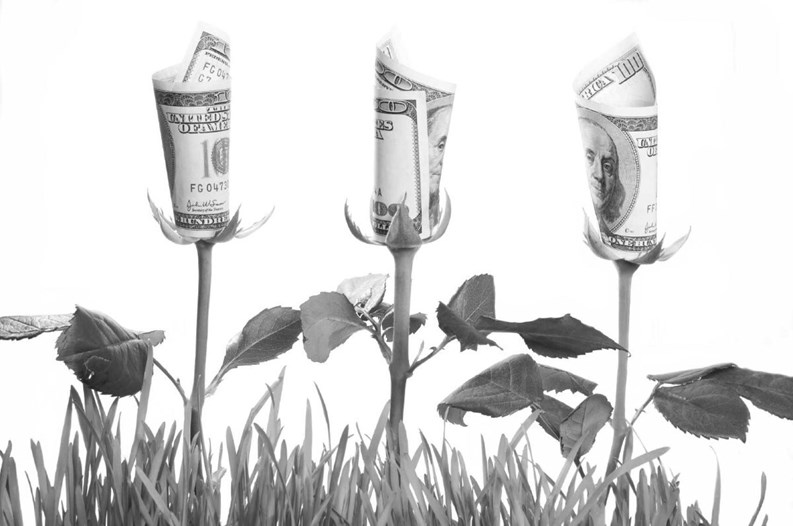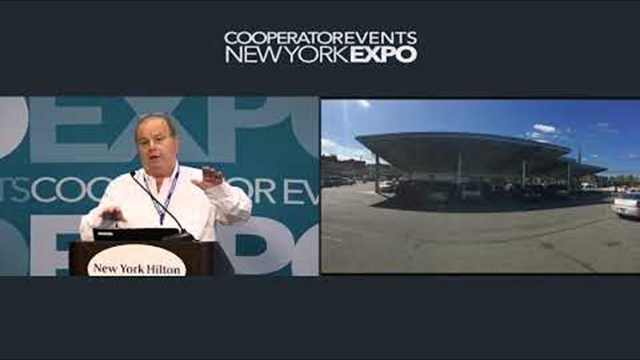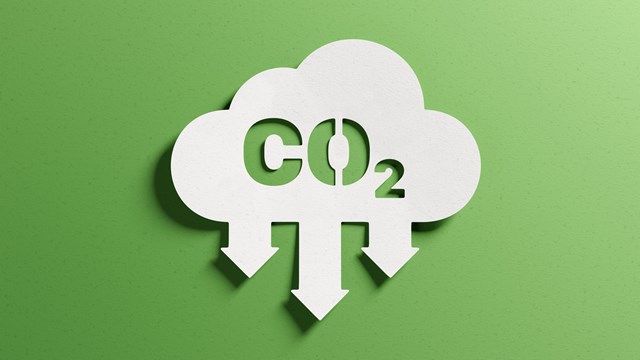Taking the plunge and renovating an existing multi-family building to be more energy-efficient is an important and exciting endeavor. The long-term financial payback from increased energy efficiency in a building is well documented. These significant potential savings, while tempting, doesn’t always seem to be enough to encourage people to make the necessary upgrades to their own buildings. To renovate a building can require a considerable initial investment and capital expenditure that can easily dissuade people from choosing to go through with a project. Securing financing and paying for a project can be difficult and is getting more complicated as financial markets are tightening. Thankfully, there are options available to help a residential building finance a large construction project in the short term to allow them to take advantage of the long-term financial benefits?
The government—in recognizing the benefits of green building on the environment and society—is getting more involved in encouraging the proliferation of existing building renovations. This is happening on a federal, state and local level through increased education, legislation and most importantly financial incentives. Throughout the levels of government, financial support for green building projects is found through tax credits, grants and loans, all created with the express purpose of helping more buildings make green renovations a reality.
The Feds
Over the last few years, the federal government finally started to provide tax credits for green building through the Energy Policy Act of 2005. Unfortunately, many of these residential tax credits have already expired with no clear plans for renewal. The only remaining program is a residential solar and fuel cell personal tax credit that provides a credit up to 30percent of the cost of installation or $2,000 for solar hot water and photovoltaic installations. For fuel cells, the federal government provides $500 per 0.5 kW of installed capacity. Work must be put in service between January 1, 2006 and before the end of 2008 by a professional installer. With this credit due to expire at the end of the year, the federal government is failing to provide continued incentives to encourage green building practices. With federal inaction, much of this responsibility is falling to state and local governments who are forced to pick up the slack.
The State
New York State enacted the Green Building Tax Credit in 2000 to offset the cost of making whole building renovations against the owner and tenants personal income tax. Now in Period II, the tax credit has been extended to projects certified by the state until 2009. The credit is for 7 percent, spread over 5 years, of “allowable costs” for renovations to multi-family residential buildings of at least 12 units. The Whole Building Renovation credit requires a building to use only 75 percent of the energy allowed under The New York State Energy Conservation and Construction Code as well as other green building criteria. There are six total program components that include: whole building, tenant, base building, fuel cell, photovoltaic and green refrigerant credits that combined can be up to $2 million per building.
The New York State Energy Research and Development Authority (NYSERDA) provide much of the expertise and financial incentives to help individual projects get off the ground in New York State. Doing renovations through their Energy $mart Multi-family residential performance program can help to defray some of the initial costs necessary for development. To take part in their program, you work with a NYSERDA-approved partner to benchmark your building’s energy use and then create a program to decrease that use by 20 percent. NYSERDA will help fund your project with thousands of dollars based on energy savings and the number of units in your building. They also provide additional funding for advanced measures like advanced meters, combined heat and power systems and photovoltaic (PV) systems.
Another incredibly important incentive that NYSERDA provides is their New York Energy $mart Loan Program. The program reduces participating lenders’ normal interest rates on loans for energy-efficiency improvements. ConEd customers are eligible to receive a reduction of 6.5 percent off of the lenders’ normal market rate. Existing multi-family buildings can borrow $5,000 per unit, up to $2,500,000 for the first 10 years of financing significantly reducing the financial strain of funding a green building renovation.
The City
New York City has significantly increased its commitment to green building. Through the PlaNYC report, the city has identified the strategic areas to sustainably cope with the energy, health and population demands of the coming decades. While theorizing about what the city should be doing, they are providing the financial incentives to help insure the work gets done. This has been accelerating, with two new green building incentives created within the last few months.
In June, New York City passed a bill that provides a tax abatement to encourage the construction and maintenance of green roofs. It provides a $4.50 credit per square foot of green roof, up to $100,000 for the tax year the abatement is applied.In addition, this last August, a property tax abatement was passed to help cover the costs of photovoltaic (PV) installation. Systems put in place after August 8, 2008 are eligible to receive 8.75 percent of allowable expenditures annually over 4 years, for a total of 35 percent. Projects put in service in 2011 or 2012 get 5 percent annually for 4 years, for a total of 20 percent of the overall cost. This maxes out at $62,500 per year that can be used to offset property taxes. This abatement can be combined with the Solar, Wind & Biomass Energy Systems Exemption that provides a 15-year exemption from increases in property tax assessments stemming from increased property value due to installation of alternative energy systems.
The reasons to make green renovations continue to expand and with these financial incentives provided by the government, it is only becoming more affordable to do the right thing and make your building more energy efficient and healthier for the environment. More information about incentives for renewable energy can be found at the Database of State Incentives for Renewables and Efficiency at www.dsireusa.org.
To learn more about energy efficiency measures for your own building and how to navigate the NYSERDA process apply to have GreenHomeNYC come and give a House Calls presentation to your co-op or condo board about ways to save energy and finance future renovation projects. Contact Erik Nevala-Lee at elee@greenhome nyc.org to set up an appointment.
Erik Nevala-Lee is a member of GreenHomeNYC, a non-profit organization that helps New York’s small-scale buildings go green.










Leave a Comment